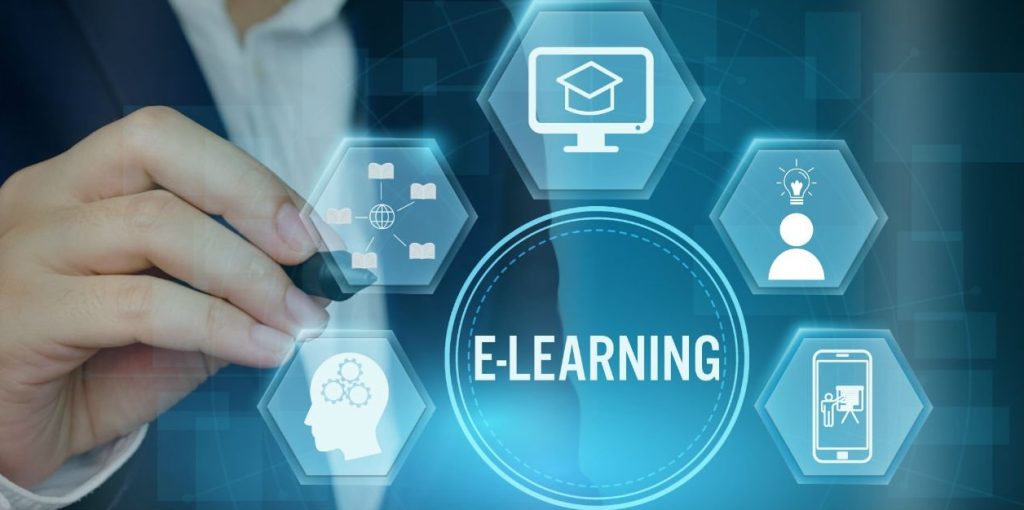The market forces are driving the transformation of education. Parents are voting with their dollars and are demanding a new way of learning. They are turning to non-traditional institutions, such as online learning communities. They are also finding that traditional schools are disconnected from the powerful resources in their communities. Creating a school-community learning lab can deepen learning and prepare students for life after school, as well as get the entire community involved.
In order to implement these changes, educational institutions must first understand the mission. For instance, transforming education means leveraging emerging insights into learning, fostering more robust learning communities, and transcending unnecessary constraints of time and space. It is important to note that a college’s context will be different than the national context, so it is essential to create a unique understanding of what is transforming in the region. And a college needs to determine what transforms in their own context.
As an educational institution, you need to identify your mission and work to fulfill it. It is important to remember that you can’t do this without understanding the challenges facing higher education institutions. In this case, transforming education will require you to take a step back and understand your mission. The book will offer you a deeper understanding of the current landscape of education, and how you can help your students succeed. The best way to do that is to read about the challenges and opportunities of transforming education.
Developing a transformative culture in education can help your institution succeed. Changing the environment of the classroom can be as simple as making sure the space is conducive to learning. Many people don’t know what transformation really means, but it can make a difference. This book explores the issues in depth, and provides you with the tools you need to improve your school. It is an essential resource for anyone who works in the field of education.
The purpose of transforming education is to change the way we teach and learn. The current system is divided into formal and informal systems. The existing system is multilayered and dynamic. EdTech startups are addressing these problems by advancing smart learning. By offering certified online courses, they have become the mainstay of the education system. However, the broader implications of transforming education are vast. So, the best ways to transform your educational institution are to embrace technology.
By transforming education, the college can focus on the mission of the institution and adapt to the changing market. It can leverage emerging insights into learning to enhance the quality of its programs and expand access to its services. Its aims to be a place where students can succeed and thrive. In addition to that, it can provide an educational environment where all students can thrive. The underlying culture of transformation can be as diverse as the students who attend it.

New technologies improve learning
By transforming education, the college can use new technologies to make teaching and learning more effective. By leveraging new insights into learning, the college can build stronger learning communities and overcome unnecessarily strict limits in time and space. These innovations are bringing benefits for students and edtech players, which are also able to improve their schools. A strong vision will transform educational institutions. It is a good idea to change the environment of a college and expand access.
In addition to embracing technology and implementing new methods for education, transforming education involves changing the built environment of a college to meet its mission. The authors analyze the new technologies and globalised policy drivers are redefining the role of an institution in education. The goal is to create a learning environment that allows students to achieve their potential. It is also an essential component of the culture of the organization. Once a college has transformed itself, it is not only transforming itself, but it can create a positive impact on the community.
In today’s world, it is essential to transform education to serve the needs of students. There are many ways to do this. It involves leveraging emerging insights into learning, building stronger learning communities, and expanding access. Whether a college is in the process of transforming itself or is already undergoing transformation, it should adopt these strategies to ensure its future success. It will become a more effective and efficient institution in terms of student retention and academic performance.


